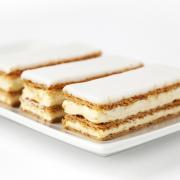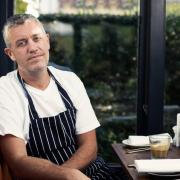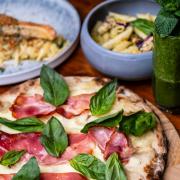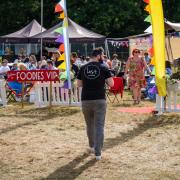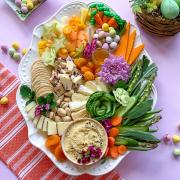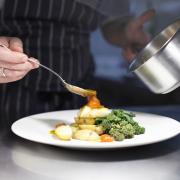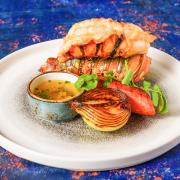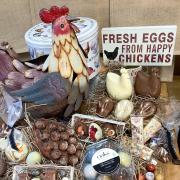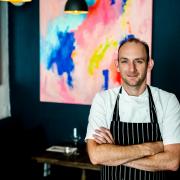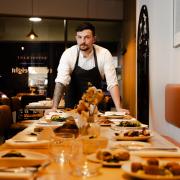A Bollington man is creating a book to help you forage for food...and the book is made entirely from the fruits of the earth
If ever a book should be judged by its cover, that book is the current undertaking of Macclesfield artist, papermaker and forager James Wood. For together with collaborator and co-author Fergus Drennan, James is working on The Foraged Book Project: a book about foraging whose ink, paper and binding is being made entirely with foraged ingredients.
The idea is rooted in Mr Wood’s fine art studies at Nottingham Trent University: ‘I was making work that commented on sustainability, then realised I had no leg to stand on as I was using commercially produced paints for example, so I started researching the making of paints from plants. Then I started specialising in the production of such organic paints for the university, and that exploded into other areas like making paper instead of using commercial canvas.’
Like the materials the whole creative process is organic rather than instant: ‘It’s a long term project, the hard copy we estimate will be completed in two years’ time - August 2015 or thereabouts - when we will hold an auction for it.’ But the rest of us interested in the end product should be able to read the next best thing, as James and Fergus are in contract negotiations with Permanent Publications.
Meanwhile among various other roles James is holding occasional workshops at the Fermain Youth Centre in Macclesfield: classes on the history of paper, making paper with leaves, grasses and barks, and papermaking with fungi, with more in mind over the coming months.
James contacted Canterbury-based Fergus, who is an expert on wild-foods and materials, a little over a year ago. ‘Lots of people say they’d like to work with me, but never pursue it, so I have learned to say no to them,’ says Fergus: ‘But when James said what he had been doing, making paper out of fungus for five years, that really grabbed me.’ They rapidly decided on the book project.
Fergus is doing some work on the materials, but predominantly writing the wild food entries, 60 in all divided into 20 seaweed, 20 fungi and 20 land plants. ‘There will be descriptions of the plants, habitat, uses, any warnings about toxicology, a bit about folklore, personal anecdotes and so on. And recipes to a large extent, too,’ he says.
The book is in essence a work of art twice over, in terms of its content and materials. And as with James’s university work it questions our reliance on mechanical and industrial processes, and perforce brings the artists into very close contact with nature.
James is well on with selecting specific materials: ‘I now know which paper we will be using for the book as we have started to make it - we’re using birch polypore. I am currently making that into A3 sheets. I had quite a success the other day when I took it to Bollington Print Shop and we managed to print on the paper.
‘As for the ink we’re going to use iron-gall or oak-gall ink, a medieval recipe for black ink. A wasp lays an egg in the oak tree and as a defence the oak tree attacks the egg with tannin. You boil the eggs with iron and the liquid turns jet black. It makes you feel like an alchemist.’
To make the paper easier to write on – the book is to be hand-written - it must be sized, with experiments underway on two seaweed extracts, and another from the infamous Japanese knotweed, as well as historically tried-and-tested animal glues. An experiment on another animal product – deer tendon thread for binding the pages – is set to one side the first time we talk.
‘A lot of time is spent in research and testing. There’s things we know have been used historically, but we have to carry out tests to show that they really are practical,’ says James. Hence the lengthy timescale.
In the meantime he is keeping body and soul together with a portfolio career branching into work on the National Citizens Service at Keele University, his workshops, and even kids parties with Whacky Woods. And all the time he is looking to link up with artists interested in sustainability, permaculture and environmental issues who might like to be involved with the project.
www.theforagedbookproject.co.uk






